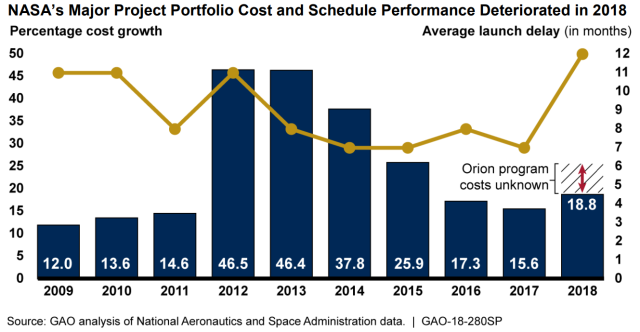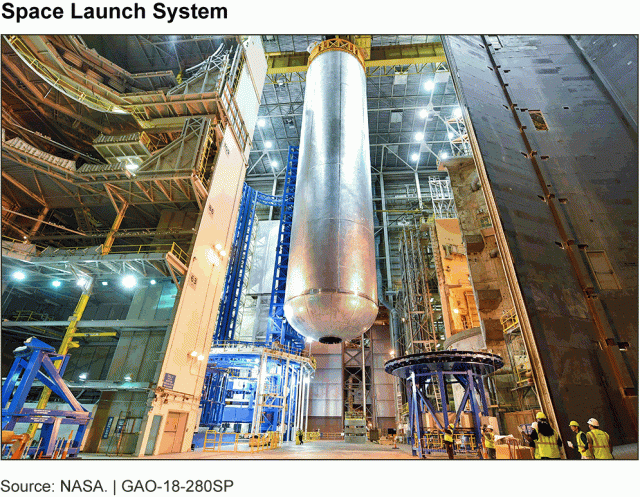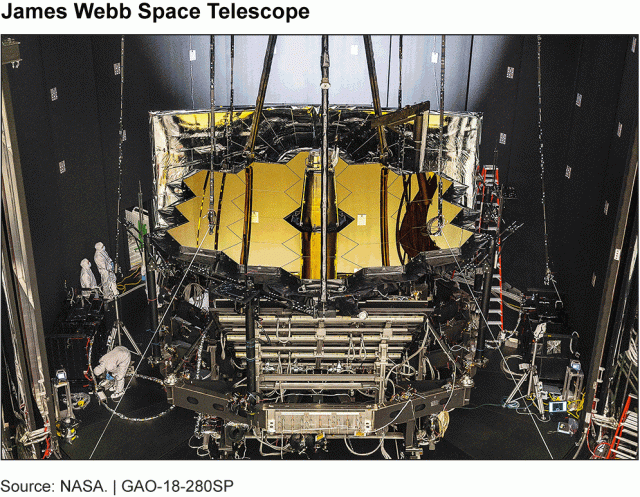After Showing Improvement, Trends for NASA’s Major Projects Slip Back
Every year, we look at NASA’s major projects to see how well they’re making progress against their cost and schedule goals—which we call our “Quick Look” review.
This year, these projects included a satellite that will study polar ice sheets, a lander that will collect data on Mars’s crust, and a project planning to demonstrate that sonic booms can be lowered to levels acceptable for commercial use of supersonic flight. All of these projects have life-cycle costs estimated to be at least $250 million.
Today’s WatchBlog explores our 10th annual Quick Look at the status of NASA's major projects.
Listen to our podcast, then read on for more.
What did we find?
For the past few years, we found that costs were still increasing for some projects but that the overall rate of cost growth had slowed down. And the estimates of how long it would take to finish projects were largely staying the same. But this year, as noted in our report, the trend turned around—both cost and schedule were on the rise.
The average launch delay of projects in the portfolio was 12 months, the most we’ve ever reported. Last year, the delay average was 7 months.
The full extent of cost growth for NASA’s major projects is unknown. The average cost growth was just under 19%—but NASA doesn’t have a current cost estimate for the Orion crew vehicle, one of the biggest projects in the portfolio. NASA expects some cost growth for Orion, and since it’s such a big project it likely would have increased the portfolio’s percentage of cost growth.
Why the drop-off in performance?
Of the 17 projects in our report that had established performance goals, 9 reported cost or schedule growth this year.
- 4 projects had technical issues that were compounded by risky management decisions. For example, the Space Launch System (which will launch Orion, among other things) and the ground systems needed for those missions are incredibly large and complex undertakings that all have to work together for a successful launch. But NASA was managing these projects with very little time and money set aside for unexpected issues—which meant when issues cropped up, cost and schedule growth was inevitable.
- 2 projects ran into technical issues during integration and test, a challenging phase when growth is most likely to occur, as we’ve found in the past. For example, the James Webb Space Telescope announced two delays in the past year, for a total of at least 19 months. Some of these delays were due to components of the telescope taking longer to integrate than planned.
- 3 projects had issues that were outside the project’s control. For example, the launch vehicle for Ionospheric Connection Explorer was involved in a transport accident, and the project needed some time to make sure the vehicle hadn’t been damaged.
Can NASA turn it around?
We did see NASA focus more attention this year on preventing this type of growth before it starts. For example, NASA directed the WFIRST project, another telescope that is early in its life cycle, to reduce costs and complexity in response to findings from an independent review.
However, NASA’s cost and schedule growth isn’t likely to drastically improve anytime soon. The schedule delays mean that these larger projects are spending more time in the portfolio than planned. NASA also has lots of new, complex projects that are just starting up, like a project that will try to determine whether Jupiter’s moon Europa could be inhabitable. As these new projects begin development, NASA is at risk of continued cost increases and schedule delays in the future.
To learn more, check out our full report.
- Comments on GAO’s WatchBlog? Contact blog@gao.gov.
GAO Contacts
Related Products

GAO's mission is to provide Congress with fact-based, nonpartisan information that can help improve federal government performance and ensure accountability for the benefit of the American people. GAO launched its WatchBlog in January, 2014, as part of its continuing effort to reach its audiences—Congress and the American people—where they are currently looking for information.
The blog format allows GAO to provide a little more context about its work than it can offer on its other social media platforms. Posts will tie GAO work to current events and the news; show how GAO’s work is affecting agencies or legislation; highlight reports, testimonies, and issue areas where GAO does work; and provide information about GAO itself, among other things.
Please send any feedback on GAO's WatchBlog to blog@gao.gov.








